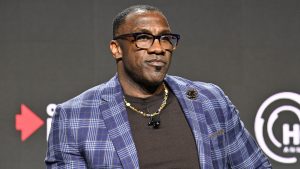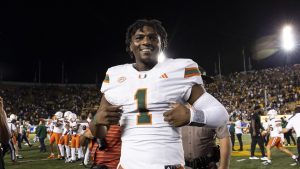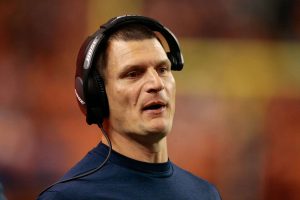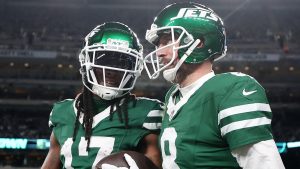Here’s what we learned from eight Game 1s over the weekend
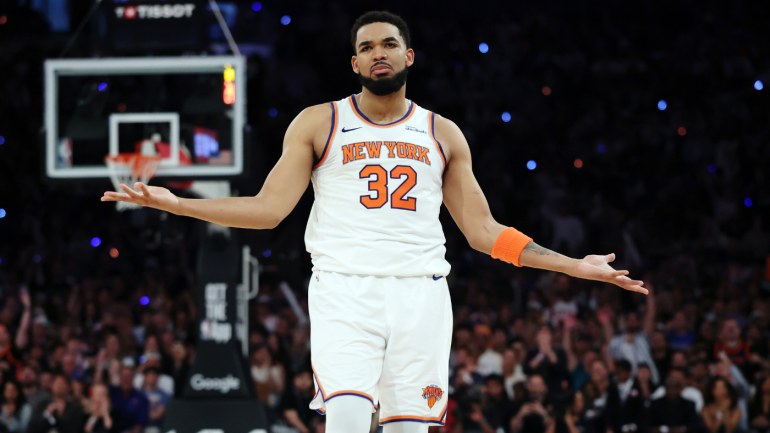
An NBA playoff series is a fundamentally unstable entity. We enter each one with expectations and then Game 1 blows all of them up. Coaches adjust on the fly. By the time Game 2 arrives, it’s an entirely different series. By the time Game 6 or 7 comes, it bares very little resemblance to what we started with two weeks earlier.
So we’ve now see one game out of all eight first-round series. Most of them, at least in terms of outcome, went the way we expected. Only two road teams won, the Timberwolves and the Warriors, and the Warriors were the Vegas favorite. But each of those eight games taught us something significant about the series it came from. Whether it was a total surprise or confirmation of something we suspected, we’ve now seen all 16 teams in action. Here’s what we learned from each of those openers with eight lessons presented in order of when the Game 1s were played.
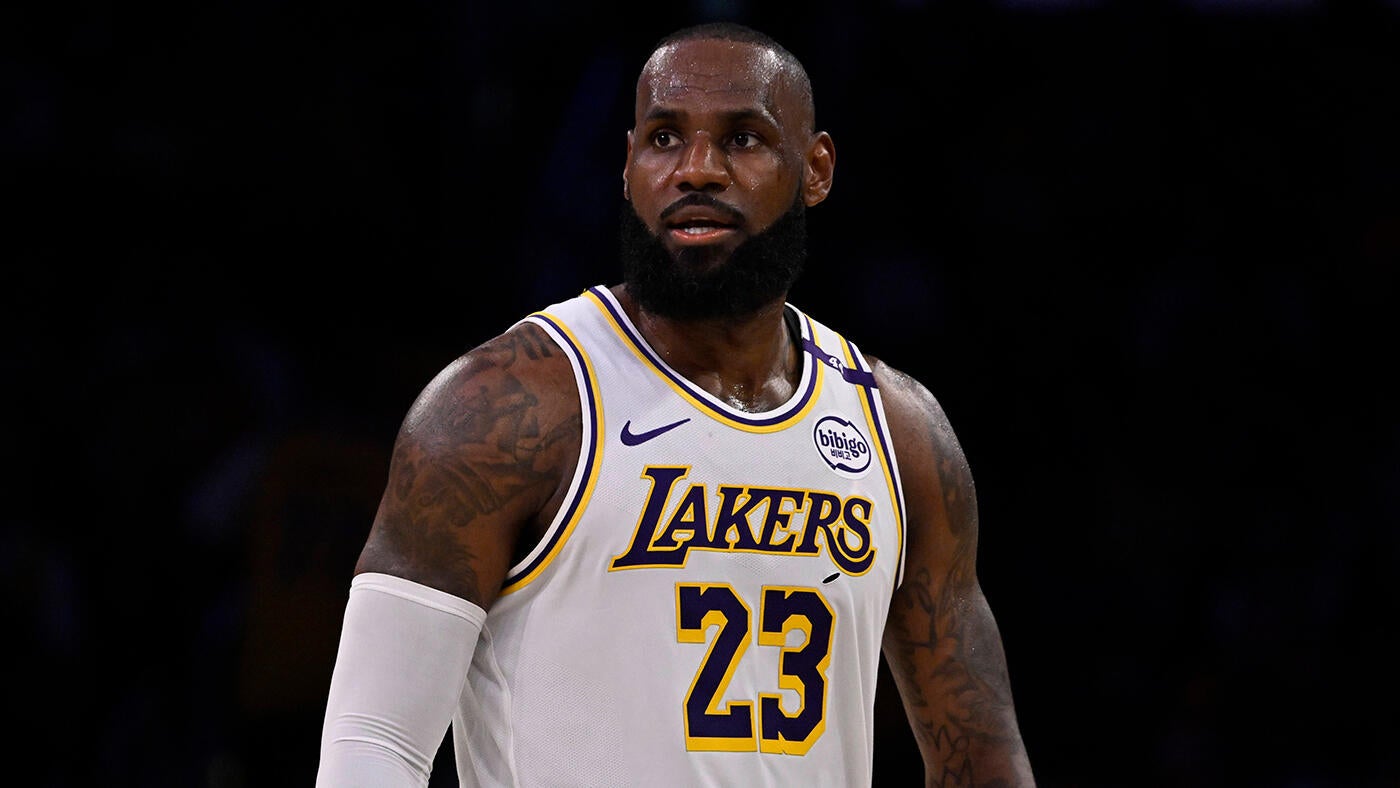
1. Giannis can’t do it alone
Giannis Antetokounmpo outscored his fellow Milwaukee starters 36-14 on Saturday. He had 12 rebounds and they had eight. He even took more shots than the other four Bucks starters, 23 to 20. Yes, we know Damian Lillard is expected back in this series, but this is not a one-man problem. Kyle Kuzma didn’t record a single statistic in 22 minutes aside from missed shots and fouls. Brook Lopez is finally starting to look his age. Kevin Porter Jr. was one of the worst rotation players in the NBA as a Clipper. He’s an essential shot-creator for this Bucks team.
The number of players that either aren’t contributing at all or are being asked to do far more than their talent dictates is startling here. This isn’t just a first-round problem. This is an enduring Bucks flaw. They just don’t have very many good players. Antetokounmpo will reliably score 30 or so points every night. Lillard will make everyone’s life easier. But is anyone else on this roster going to step up and help the stars consistently?
2. The Clippers are getting better shots
The Nuggets scored 20 more points off of turnovers than the Clippers in Game 1. That doesn’t feel especially sustainable. Since Feb. 1, when Kawhi Leonard was starting to get healthy, the Clippers averaged the sixth-fewest turnovers in the NBA. The Nuggets generated the sixth-fewest turnovers per game in the regular season as a whole. They played aggressively, and the extra Russell Westbrook minutes meant a lot in this regard, but a gap like that seems like a single-game aberation.
Which feels pretty significant considering the Clippers were a Russell Westbrook 3-pointer away from winning this game in regulation. The shots the Clippers generated were, on the whole, significantly easier than the ones Denver got. James Harden got to his spots relatively easily in pick-and-roll, punishing the relatively limited foot speed of Nikola Jokić. Denver, on the other hand, sacrificed so much spacing with the Westbrook-for-Michael Porter Jr. swap that most of their shots were either easy triples from bad shooters (they shot 9 of 26 on “open” or “wide-open” 3s, per NBA.com tracking data) or impossibly crowded looks at the rim. The Nuggets shot 28 of 54 in the paint largely because almost nothing they got there outside of their pick-sixes was easy. Shot quality is more sustainable over a longer sample than turnovers or even shot-making. The Clippers got the better shots in Game 1. If they do again in Game 2, they’re in great shape.
3. The Knicks can get mileage out of two-big lineups
Small-sample alert: but the Knicks largely got what they wanted out of the nine minutes devoted to Karl-Anthony Towns and Mitchell Robinson playing together. They were great defensively in the stretch, and just as importantly, they pulled in offensive rebounds. New York’s offensive identity changed markedly this season in part because of Robinson’s injury. The Knicks have historically built their offense around dominating the possession game. Now that Robinson is playing again, they can get back to a bit more of that bully ball.
Will that work against Boston’s five-out lineups next round? That’s harder to say. For now, the Knicks have a Pistons team in front of them that plays enough iffy shooters that they can survive defensively without overextending those bigs on the perimeter. Towns made the Western Conference finals as a power forward a year ago. It’s a nice bullet to have in the chamber.
4. The Lakers are in trouble without a center
When Luka Dončić torched the Timberwolves in the Western Conference finals a year ago, he did so with two very strong centers, Daniel Gafford and Dereck Lively, in his starting lineup. In five games, 22 of his 41 assists went to those two big men, and 10 of them came on lob passes. But Jaxson Hayes played only eight minutes in Game 1 and was largely ineffective. The Lakers were otherwise without a center. It made Dončić predictable. Sure, he scored 37 points, but he only had one assist, and he didn’t bend Minnesota’s defense away from his teammates as a result.
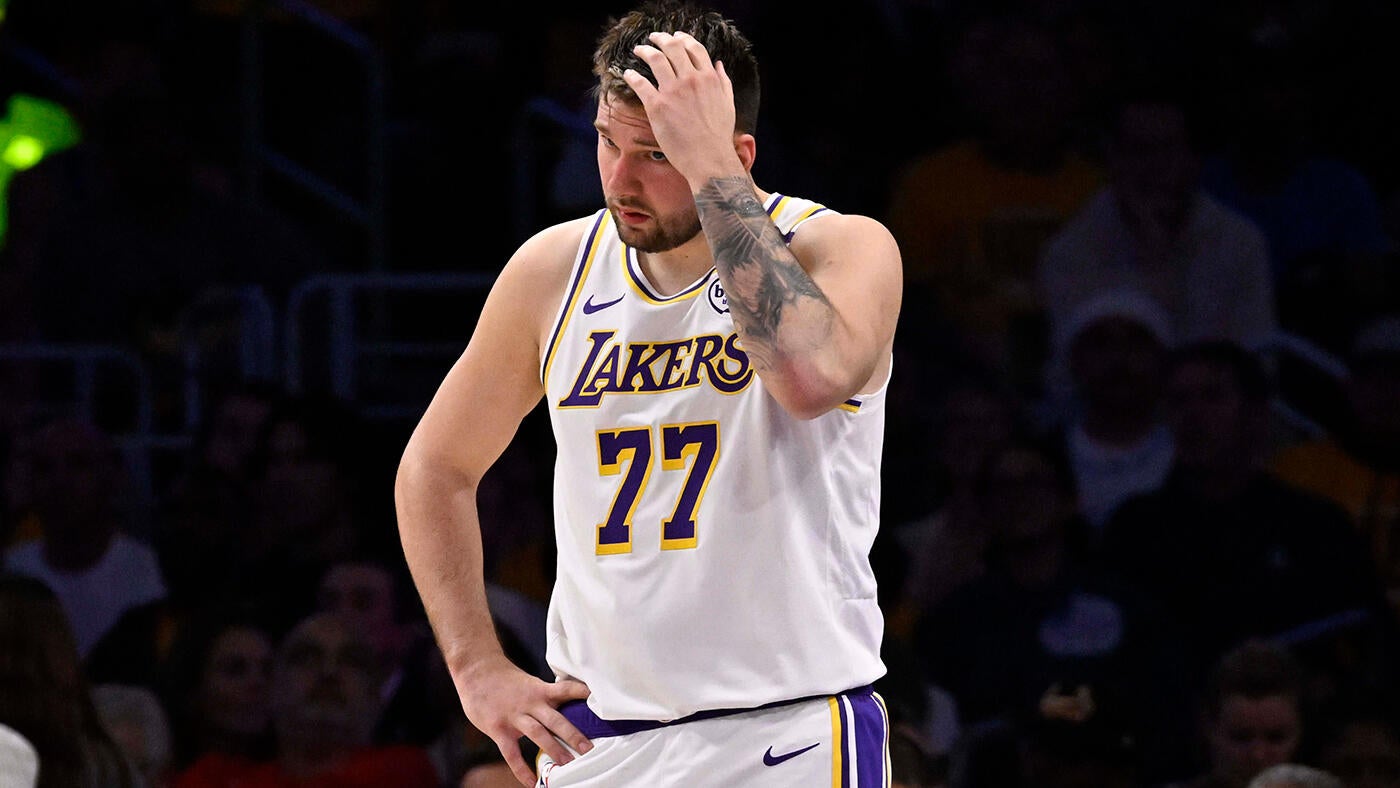
So what’s the fix? It would be nice if Hayes played better, for one, but let’s table that thought. The Lakers have to be more intentional about punishing the mismatches they can find. If Mike Conley is on the floor, he needs to be switch-hunted. if Dončić can draw Gobert out of the paint, it’s incumbent upon either the cutters to occupy that space or for the secondary ball-handlers, LeBron James and Austin Reaves, to attack it when the ball swings around. Dončić doesn’t have his preferred roster yet. Until then, the Lakers will have to improvise on talent and guile.
5. The Thunder really are that good
It’s hard to fixate on a single strategic wrinkle in a 51-point loss. The Grizzlies probably shouldn’t have been standing on the tracks when the train was coming in? It’s going to be a cold comfort to the rest of the Western Conference, because even if the Grizzlies are playing the Thunder now, anyone else who wants to reach the Finals will have to later. They lost a year ago largely on shooting variance in the corners. They’re far better this year, one of the best defenses in NBA history and every bit the 68-win juggernaut in the playoffs they were in the regular season.
6. Challenging the Celtics starts with 3-point defense
The Magic were never going to win this game or series. They just don’t have the guards or shooting to bother Boston’s defense at all. But the Celtics only scored 103 points in Game 1. This is a bit of a trend against Orlando. The Magic have beaten the Celtics in two of the five meaningful regular-season games they’ve played since Joe Mazzulla got the job, and held them to 35.4 3-point attempts in those games. Boston averaged over 48 attempts from deep per game this season. The Celtics can win other ways, but their offense is designed to win with jump shots. Any team that faces Boston in the coming rounds is going to watch this Orlando series closely, because the key to competing with the champs lies in Orlando’s fanatical devotion to running shooters off of the line.
7. Tyler Herro can’t survive defensively against Cleveland
There’s just no safe hiding place against Cleveland’s backcourt. Against most teams, the Heat would hide Tyler Herro on a non-threat and hope the opponent chose to direct their offense elsewhere. But where exactly is that safe option against Cleveland? It’s certainly not Donovan Mitchell, who scored 30 with the far-better defender Davion Mitchell draped all over him. It’s not Darius Garland either, who’s too fast and to adapt at navigating screens for Herro to bother.
OK, so what about the backups? Well, Ty Jerome scored 28 points mostly by going after Herro in pick-and-roll over and over and over again. This Cleveland offense, the second-best in regular-season history, has no safe places. Everyone but Jarrett Allen either shoots or dribbles. Most do both. In the past, the Heat didn’t have to lean quite as heavily on Herro to generate offense, but with Jimmy Butler gone, they can’t take him off of the floor. It’s either death by defense or death with no offense.
8. Houston might need to force more shooting on the floor
The basic game script probably went around the way Houston wanted in Game 1 against Golden State. Ime Udoka would obviously prefer not to turn the ball over 16 times, but their staggering plus-16 offensive rebounding margin won them the possession battle. They took 11 more field goals and six more free throws than the Warriors. They just couldn’t make any of them. No, Fred VanVleet and Jalen Green probably aren’t combining to shoot 7 of 34 in Game 2, but the problems run deeper here.
The Rockets used eight players in Game 1. Two are centers. Another, Amen Thompson, is a total non-shooter. The only one of the remaining five to shoot above league-average from deep this season was the terminally inconsistent Dillon Brooks. The problem wasn’t just the missed 3s. The problem was also that Golden State expected Houston to miss those 3s and packed the paint as a result. Houston drivers were crashing into brick walls all night. Somehow, Udoka has to find a way to drag the Warriors out of the paint. VanVleet and Green shooting better will help, but it’s probably worth considering others on the roster. Neither Cam Whitmore nor Reed Sheppard played much or especially well this season, but they’re offense-centric players on an all-defense roster. Could Udoka give either some run in a bid to spread the game out just a little bit more?


